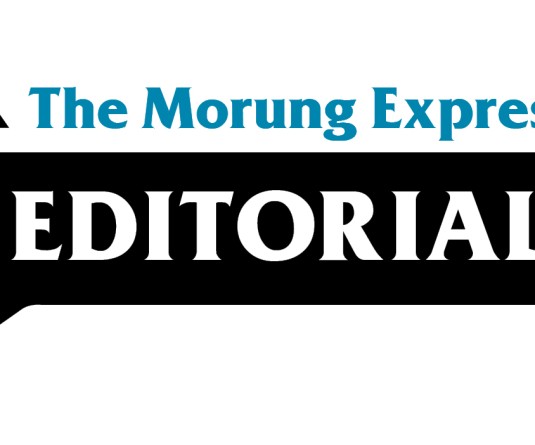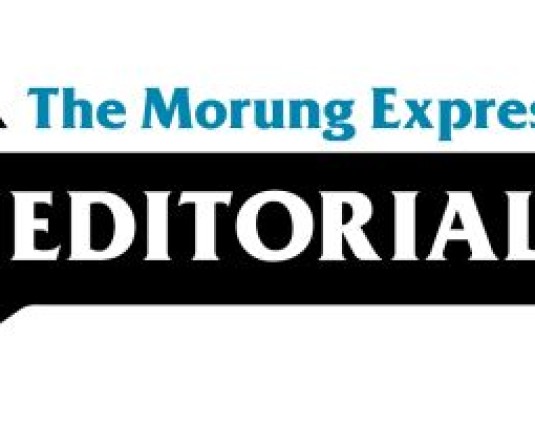
In a world of uncertainty, one condition that remains constant is change and what defines the quality of human life is the direction in which growth is progressing. Yet, the quality of growth is reflected in the constraints of the status quo and fluidity of the social discourse. It is when the human mind remains entrapped by the status quo that it quickly envelops into an acute sense of Brainkruptcy. This sense of Brainkruptcy invokes a deep sense of hopelessness and stunts the human mind from having any political imagination.
For some time now, the acute Brainkruptcy of ideas has been stifling the Naga existence of its human worth. Just a discerning gaze around reveals a serious Brainkruptcy of news ideas and thoughts. The manner in which human affairs are being conducted and pursued has only succeeded in bringing to public expression the increasing human frailty, accompanied by a serious lack of imagination. The absence of a critical imagination is rapidly contributing towards a conformist, uncreative existential reality of life.
The homogenous and hegemonic nature of Brainkruptcy has a cause-effect connection with the education’s banking system, which emphasizes literacy rather than learning. It no longer gives importance to discovering Truth and Knowledge, and instead focuses on developing technical skills. In this manner, the guiding pedagogical pillars for inspired learning have been undermined, and human consciousness is numbed through emphasis on rote memorization and focusing on achieving high test scores.
In this manner, a climate of conformity has replaced genuine learning, and human creativity has been reduced to a state of confusion, and all forms of dialogue are limited to a monologue. All of these unjust conditions reaffirm and reinforce each other as the status quo.
For Brainkruptcy to be overcome, Naga critical consciousness needs to be rediscovered. Without the consciousness of reality, there is no knowledge; without knowledge there is no freedom, no creativity, no completion and no contentment. It is based on one’s individual personal consciousness and place in the world, that an individual has the ability to both discern and direct or determine the ‘will’ and purpose of his or her existence.
It is in this natural and inherent process of human activity and consciousness that new ideas and thoughts are perpetually stimulated, taking in new information and processing it, which creates a new sense of awareness and understanding. This dialectical approach of knowing and understanding from the view of the ‘other’ is perhaps the seed, when nurtured, that leads and enables progressively by adopting and adapting originality that evolves from the interaction of knowledge and action.
The challenge to overcome Brainkruptcy presents more than just a conceptual dilemma. It presents a spiritual, moral, social, philosophical and political predicament, which is embedded in the human understanding of what constitutes a vision. For instance, if the Nagas are clear about their vision for a dignified sovereign future, then, partaking in creating a praxis consisting of ideas and actions that shifts society’s direction from monologue to dialogue, from conformity to creativity, from passiveness to action and from destruction to building is essential.
In the end, the problem of Brainkruptcy can be directly confronted and overcome by our desire to be fully human and peacefully living our shared vision together.





